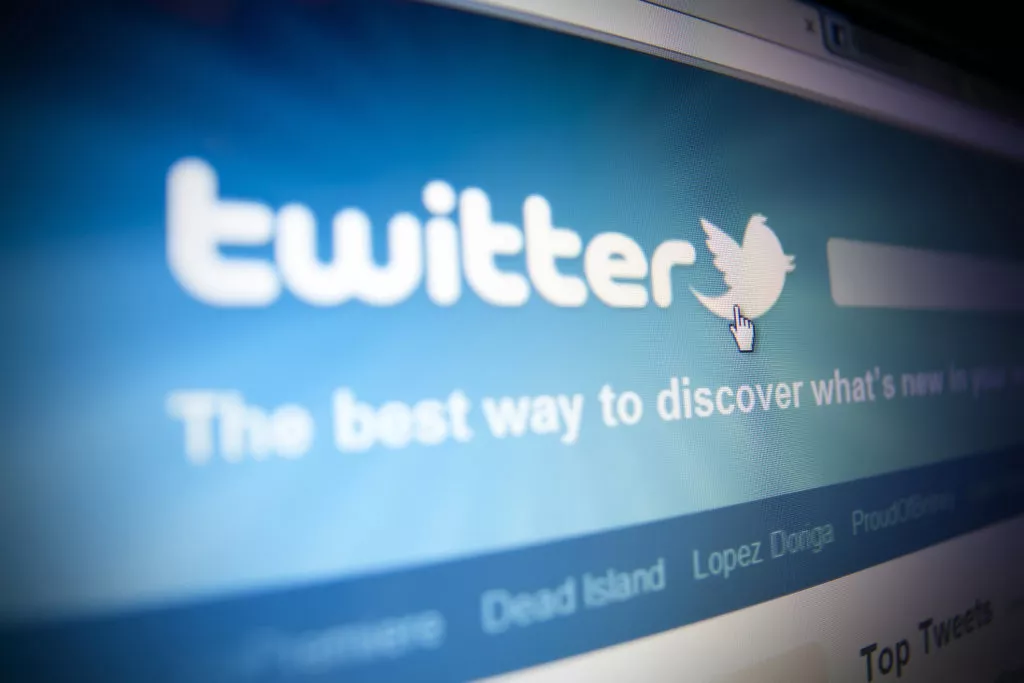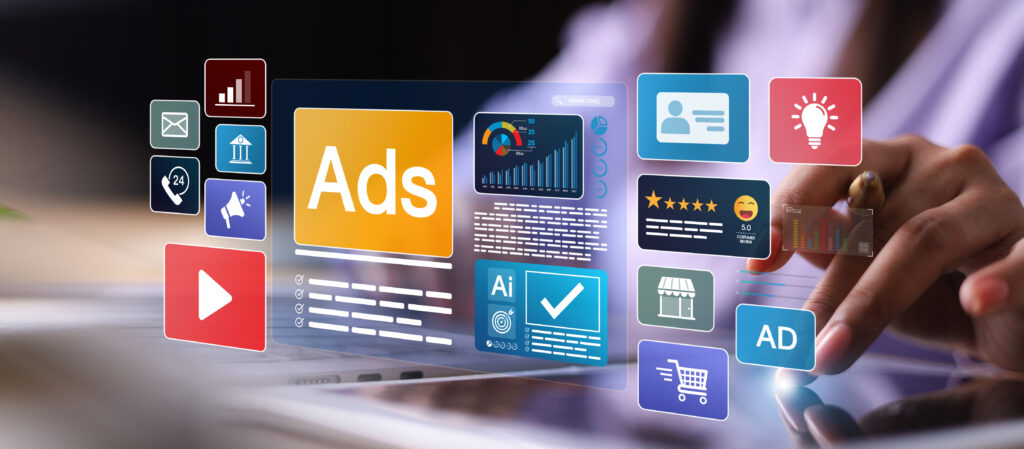After a harrowing 2020 and a rocky start to the new year, it seems everyone has read the tea leaves and collectively decided that if one thing took off in recent times, it’s online shopping.
With targeted ads and other marketing techniques facing continuous criticism, alternative monetization is a serious consideration for the largest social networks on the planet – including Twitter, which generates a whopping 86 percent of its billion-dollar revenue through advertising services alone. The company’s potential solution? E-commerce.
Overview
Presenting the Twitter Shop Module
Twitter launched its new Shop Module late last month, on July 28th, offering brands and businesses a way to showcase their products through their Twitter profile.
US users on the iOS app can start visiting select businesses and scrolling through a visual catalogue of products on their page, and even make a purchase through Twitter. So far, only business with what is called a Professional Profile will be able to start offering product catalogues for Twitter users to check out.
Professional Profiles are a new feature as well, unveiled earlier this year to help distinguish businesses from individuals even further, and give companies a way to flesh out their profiles with key information such as operating hours and company address.
While the new Shop Module seems to have launched on iOS, and for US users specifically, this is obviously a feature that is still early in testing and may see a worldwide release across multiple platforms at a later date.
So far, only a handful of companies have a Shop Module on the app – specifically GameStop, Arden Cove, and about ten other brands in the niches of lifestyle, gaming, media, tech, telecommunications, entertainment, and retail. There is no way for businesses to currently sign up to test the service – it’s still in an invitation-only testing phase.
Why Launch the Shop Module Now?
Twitter already tried its hand at e-commerce in 2015, before pulling back slowly until completely phasing it out in 2017. They launched the option to purchase items through the platform, through something the company called project Lightning. In fact, statements going as far back as 2012 point to higher ups at Twitter toying with the idea of pushing hard into ecommerce.
On paper, this has always been a great fit for the platform. Brand interaction is something Twitter is well known for, and with millions of active users, there’s no shortage of potential leads to encourage companies to invest time and resources into making a purchase possible through their profile.
Today more than ever, Twitter is in an excellent position to capitalize on the one thing it does even better than Facebook – foster real time brand interaction between companies and consumers.
Businesses have long started taking advantage of Twitter’s short formula to gain a viral following through Internet culture, wit, and personal interaction. It’s no surprise, then, that the company is thinking of exploring the facilitation of business-to-consumer relationships even further, to the point of hosting the point of sale (and hoping to make some money off it).
But why did Twitter’s previous attempts at e-commerce fail? Maybe it was a myriad of technical launch difficulties. Maybe initial testing proved that it was more trouble than it was going to be worth at the time. Or maybe Twitter realized that users loved to interact, but were unwilling to buy through the app.
Whether any of that has changed now, we’ll only be able to tell with time.
What Else Has Changed?
Despite pulling back from an actual on-page storefront and in-app purchases back in 2017, Twitter has continued to explore e-commerce in other ways, such as through an integrated feature allowing certain businesses to link out to a third-party storefront, such as Shopify, on a tweet, and have the link display as a big Shop button.
An increase on Twitter’s part of businesses looking for ways to turn their Twitter following into actionable leads also seems to have inspired a bit of confidence that a renewed run at a bona fide e-commerce feature may bear brighter, more bountiful fruit this time around.
Finally, let’s not forget that competition spurns. Facebook, Instagram, and even WhatsApp have been making massive strides towards integrating new shopping features and expanding them in unique ways – such as Instagram’s new augmented reality shopping experience, still in its testing phase, or WhatsApp’s shop chat integration, where customers can browse a business’ catalogue and offers through the messaging app itself.
Whether it’s one factor, or the other, or a combination of them all, it’s clear that Twitter means to bring back (or improve upon) its ecommerce features and take advantage of the way businesses have been able to interact with customers on the app for years.
What This Might Mean for You
Are you on Twitter yet? More than just a place to be quippy in the name of your brand, Twitter is one of the best and fastest ways to interact with customers, publicly air out and answer grievances, announce promotions (and read real time reactions), and multiply your marketing efforts.
Twitter is a great place for you to share your campaigns, and with the right social media management team, you can learn to use Twitter as a powerful tool of insight into who’s buying your product, and what they want.
Twitter is also an amplifier for cults of personality, so if you’re a company head with charm – and plenty of stories, ideas, and interests – then you can further use your personal account as a means to build up a following and have that following positively reflect back on your company, products, and other ventures.
Why? Because nothing builds brand trust on Twitter like being a personable leader with an interest in communicating directly with the people buying your products and services. As an executive or company head on Twitter, it isn’t your job to “sell, sell, sell”, though.
That’s the beauty of the brand page – that’s where you focus your marketing efforts. The personal account should be an authentic reflection of your online self, rather than a sales pitch. And with a little luck, you’ll be able to turn all that social equity into actionable sales once Twitter’s e-commerce feature begins to expand.
Contact us today to get the conversation started!










